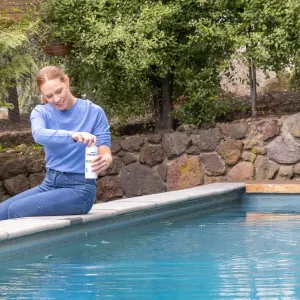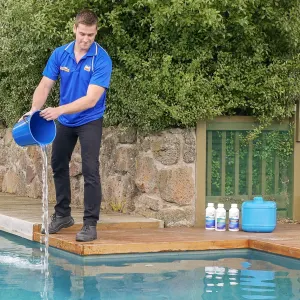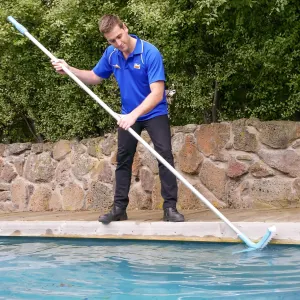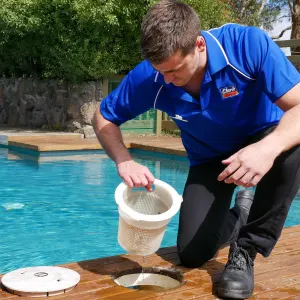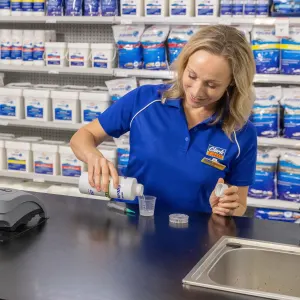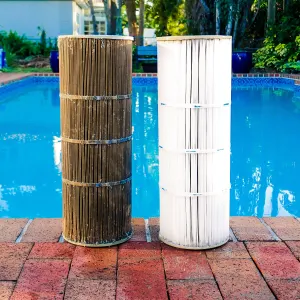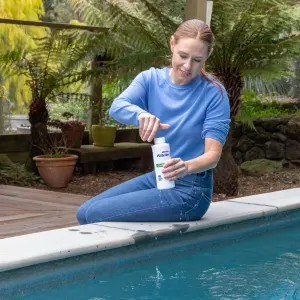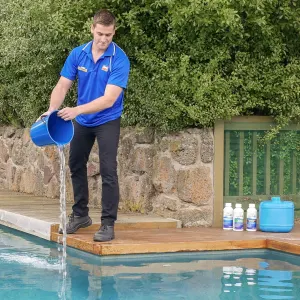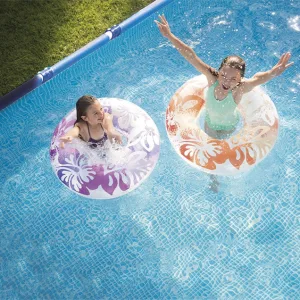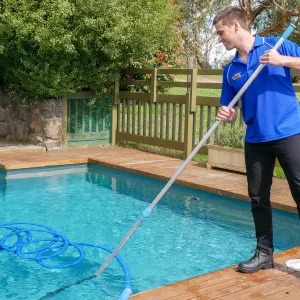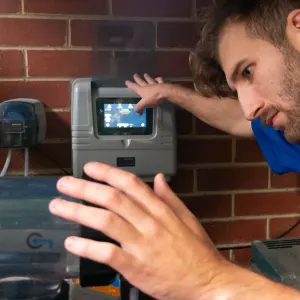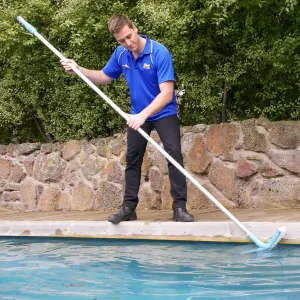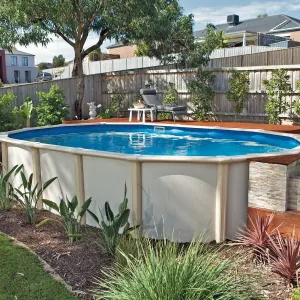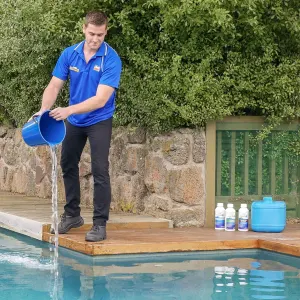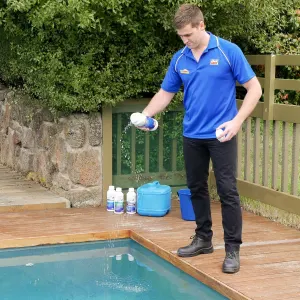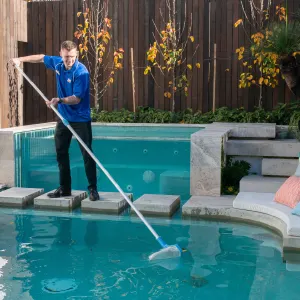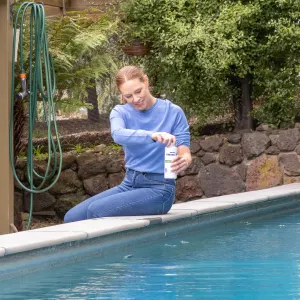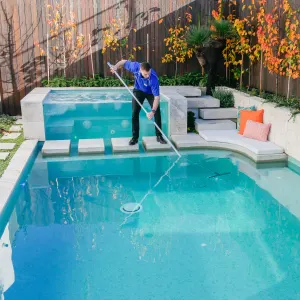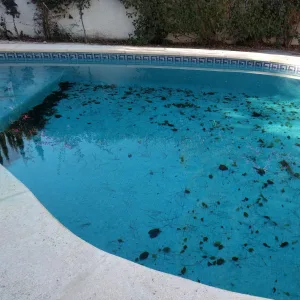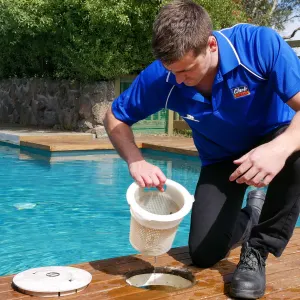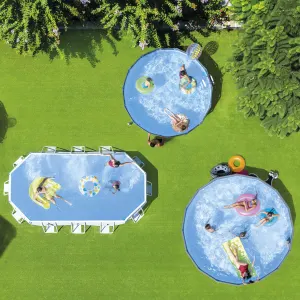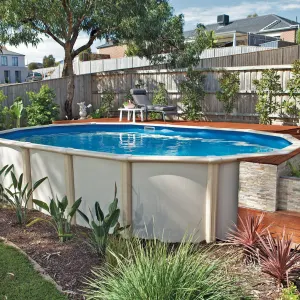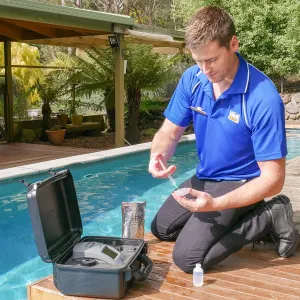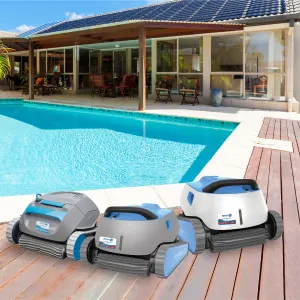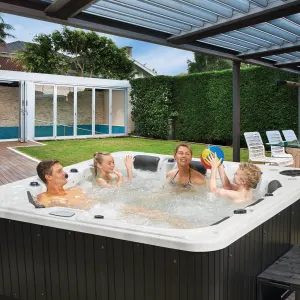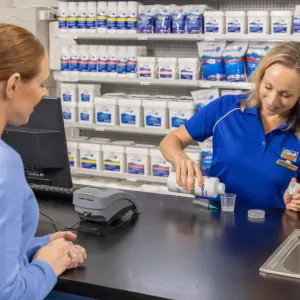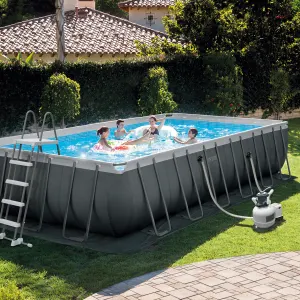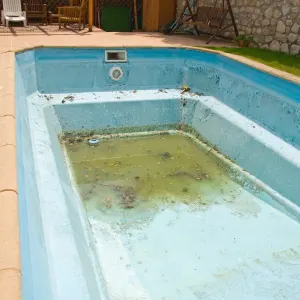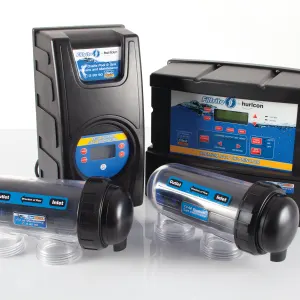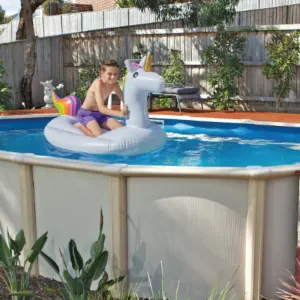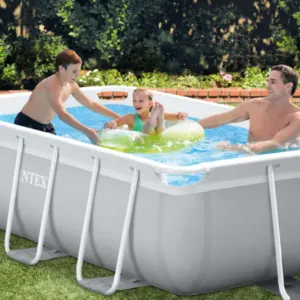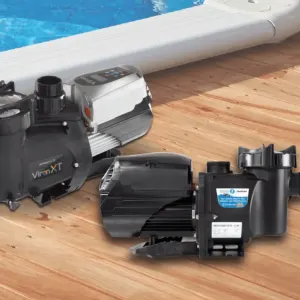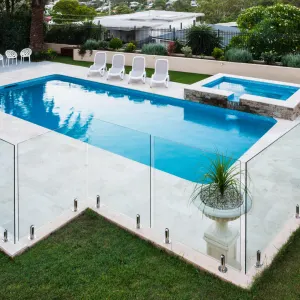How to Lower pH in your Pool
By Clark Rubber | 17th October, 2019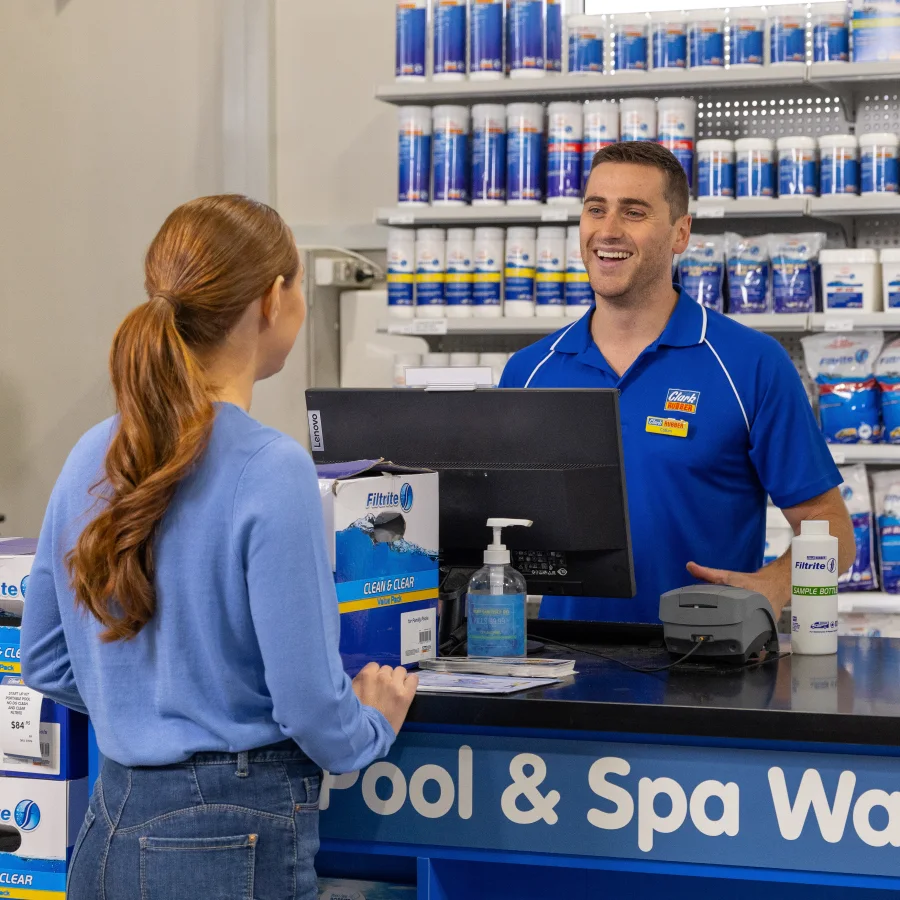
How to Lower pH in your Pool
Part of swimming pool maintenance is making sure the chemicals are properly balanced. Knowing how to raise and how to lower pH in pool chemistry will help to keep the water clean and keep swimmers safe.
Balancing your pool isn't as complicated as it might sound. Using a pool tester at least once a week (more often for heavy use pools) and having the right chemicals to hand will keep your pool in tune all year round.
What is pH & Why is it Important?
Pool chemicals prevent bacteria from spreading in your pool and algae from growing on the floors and walls. However, they need to be correctly balanced.
Your pool's pH is the measure of how acidic or alkaline the water is. pH 7 is neutral (e.g. distilled water), lower values down to pH1 (gastric acid) are increasingly acidic, and higher values up to pH 14 (bleach) are increasingly alkaline.
If the pH is too low or too high, this can erode the pool surface, damage equipment and cause discomfort or serious harm to swimmers. Your pool's lifespan will also be affected.
What's The Ideal pH Level For a Pool?
The Australian Standard for swimming pool water is between pH 7.0 and 7.8. The ideal range is pH 7.35–7.45, to prevent problems such as itchy skin and red eyes.
Even if you find the right balance, this will be altered over time by the sun and rain, people using the pool, and dirt and debris entering. You should check your pool's chemical balance with a water testing kit once a week for occasional use pools, daily for frequent use pools or after a pool party, and apply the right type of chemicals to adjust the pH accordingly.
How to Lower pH Levels in a Pool
A manual or electronic pool tester will check the pH, chlorine level and total alkalinity of your water so you can see how much acid or alkali is needed to balance it out.
If your pool's pH is too high (above 7.8), you should start to add pool acid until it reads as close to 7.4 as possible. These acids may include hydrochloric acid, sulphuric acid or sodium bisulphate.
How to Raise pH Levels in a Pool
If your pool's pH level is too low (below 7.0), you'll need to add a strong alkali until it reaches closer to 7.4. These can include sodium carbonate ('soda ash') or sodium bicarbonate ('buffer').
Can pH Levels be Controlled Automatically?
Chlorinators and liquid chemical feeders fitted to your pool filters can add chlorine or pool acid to water at regular intervals. Basic models are pre-programmed by users, while more advanced systems use probes to detect the chlorine and pH level throughout the day and add chemicals automatically when needed.
These systems can make the chemical balancing act easier, but they shouldn't be relied on completely. You should still check your pool's pH once a week to keep your friends and family safe.
If you need pool chemicals, testing kits or any other maintenance supplies for a Sydney, Melbourne or Brisbane pool, browse our online catalogue and visit your local Clark Rubber store.
